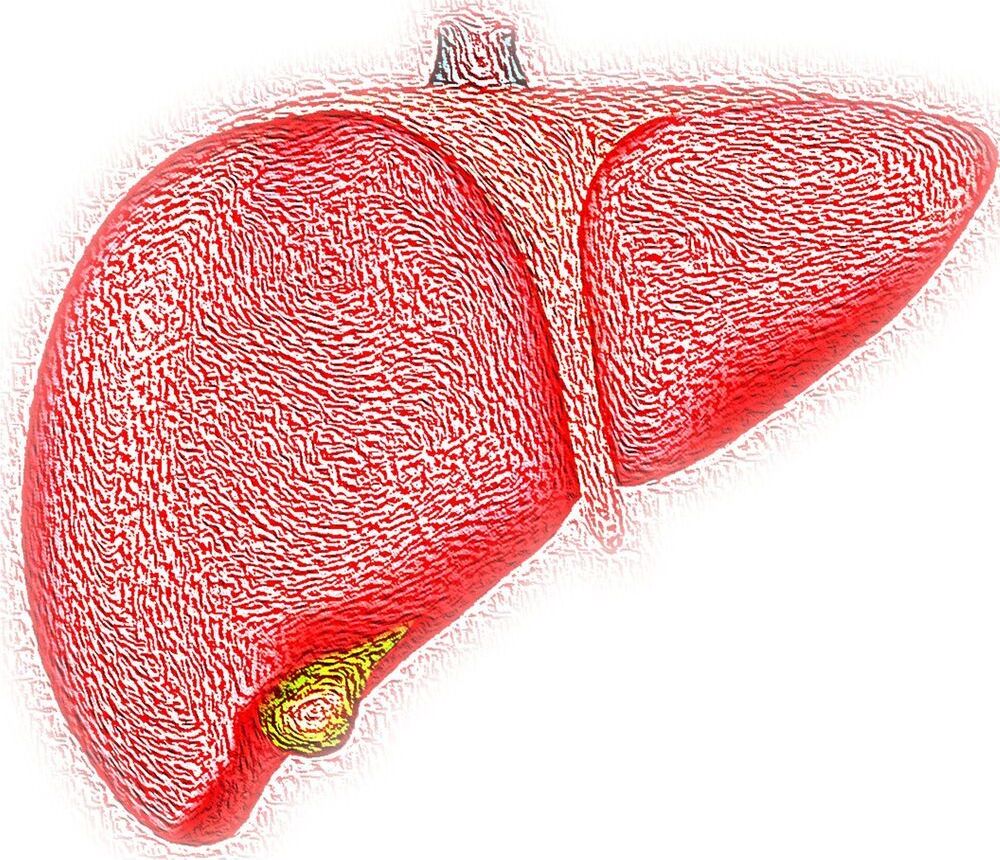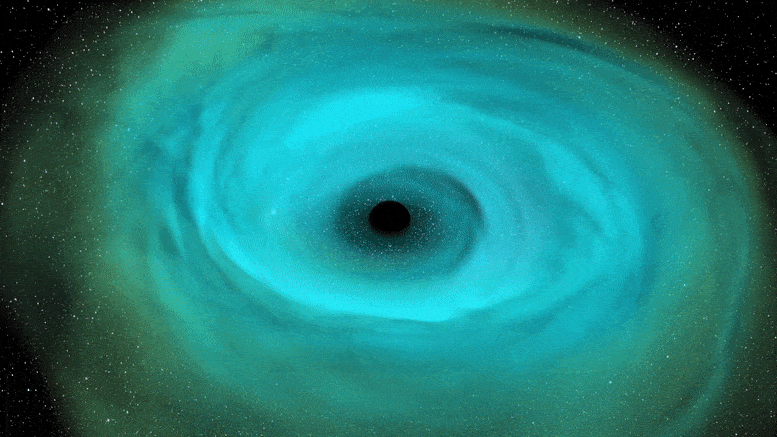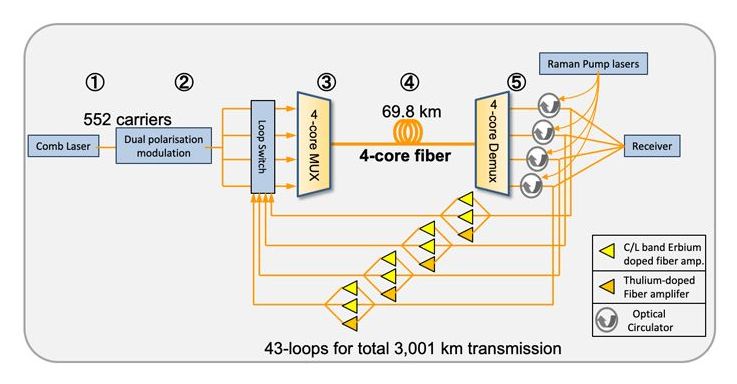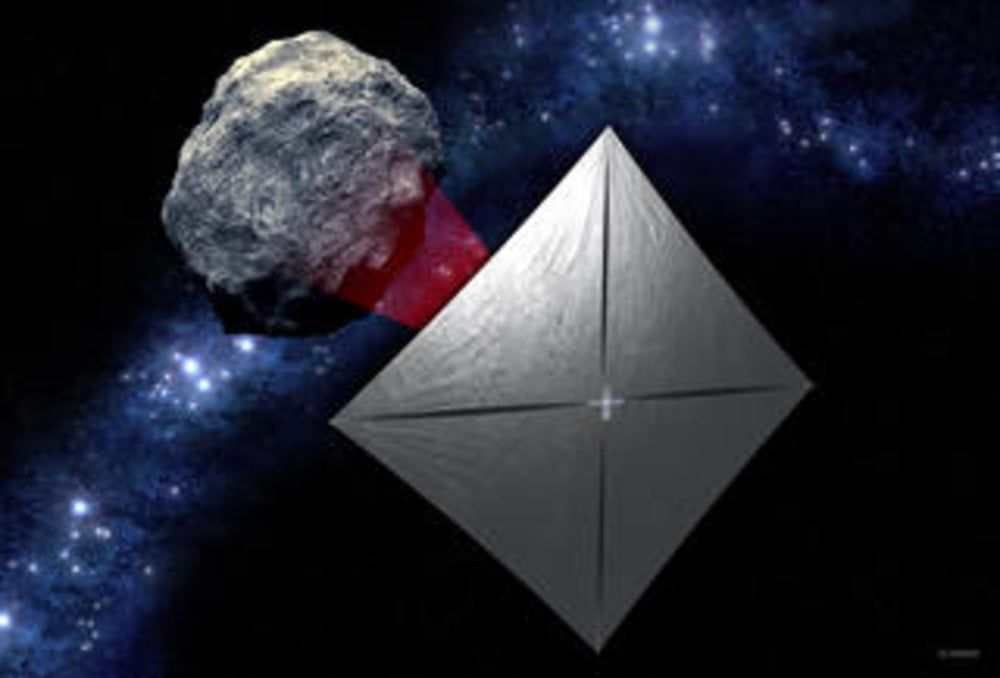
NYU Abu Dhabi (NYUAD) researchers have uncovered a code that sets the genome of the liver to account for the remarkable ability for this organ to regenerate. This finding offers new insight into how the specific genes that promote regeneration can be activated when part of the liver is removed. These findings have the potential to inform the development of a new form of regenerative medicine that could help non-regenerative organs regrow in mice and humans.
While other animals can regenerate most organs, humans, mice, and other mammals can only regenerate their liver in response to an injury or when a piece is removed. NYUAD researchers hypothesized that the genes that drive regeneration in the liver would be controlled by a specific code that allows them to be activated in response to injury or resection. They home in on the epigenome, which is the modifications on the DNA that alter the gene expression, as opposed to changing the genetic code itself.
Using a mouse liver model, the team of NYUAD researchers, led by Professor of Biology Kirsten Sadler Edepli, identified the elements of the epigenetic code present in quiescent liver cells—cells that are currently not replicating but have the ability to proliferate under the right conditions—that activate specific genes to regenerate. Genes involved in liver cell proliferation are silenced in livers that are not regenerating, but the surprising finding was that they reside in parts of the genome where most genes are active. The researchers found that these pro-regenerative genes were marked with a specific modification—H3K27me3. During regeneration, H3K27me3 is depleted from these genes, enabling their dynamic expression and driving proliferation.








